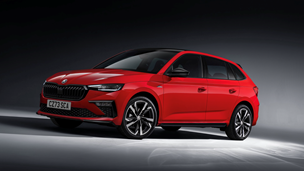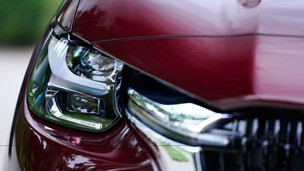Imagine driving a vehicle that requires so little fuel to get around a race track that it can do over 500mpg. Sounds brilliant, right? But is it also far-fetched?
Well it’s actually what I achieved when I tried out a Shell Eco-Marathon car this week. The organisers held an exclusive media drive day ahead of start of this year’s event. The Shell Eco-Marathon will be showcased at an event called Make the Future London which takes place between June 30 and July 3.
The Shell Eco-Marathon is targeted at teams of students with backgrounds in engineering, science and technology. They are challenged to create unique vehicles that push the boundaries of energy efficiency.
There are two main categories students can enter. One is ‘Prototypes’ for futuristic-looking, streamlined vehicles with three or four wheels that are designed to reduce drag. The other is called ‘Urban Concept’, for cars with a more conventional design, with four wheels and designed to road-worthy specifications.
I got to try out a Prototype vehicle built by Shell themselves, demonstrating the kind of design and power source a team may come up with to record the best fuel economy possible.
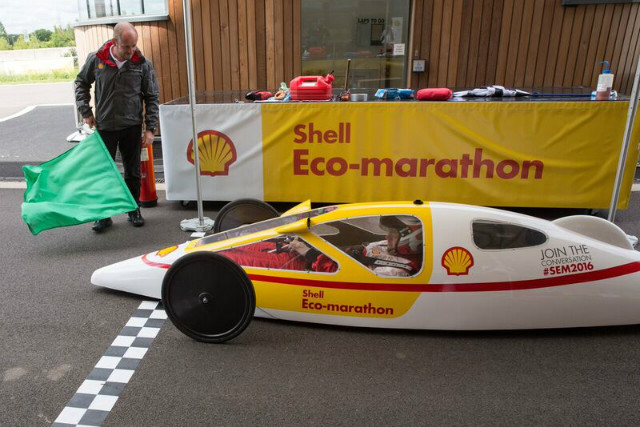
The Prototype’s exterior and engine
One word that accurately sums up the design of the Shell Eco-Marathon Prototype car is ‘minimalist’.
The driver takes up the vast majority of space within the sleek, ultra-low-slung canopy. In fact, there’s just enough space behind the seat for the engine and rear wheel.
Eco-Marathon participants can choose from seven energy sources (including petrol, diesel, ethanol, hydrogen fuel cell and electric), and out of all of those the Shell prototype goes for petrol power.
At the rear of the car is a tiny Honda 4-stroke GX160 engine. You can buy them online for just under £300 and they’ve been used to power lawnmowers and go-karts.
The total fuel capacity of Shell’s Prototype is just 250ml (a quarter of a litre). That’s an unthinkable amount for an ordinary petrol car to carry, but this, as you can immediately tell from its looks, is no ordinary vehicle.
The Prototype’s interior
On the right sort of road and with the best driving approach, you can achieve impressive mileage with a miniscule amount of fuel.
To achieve such a high standard of efficiency, however, an Eco-Marathon Prototype lacks many things you’d get from a typical road car. Things like luxury… or comfort… or speed… or space.
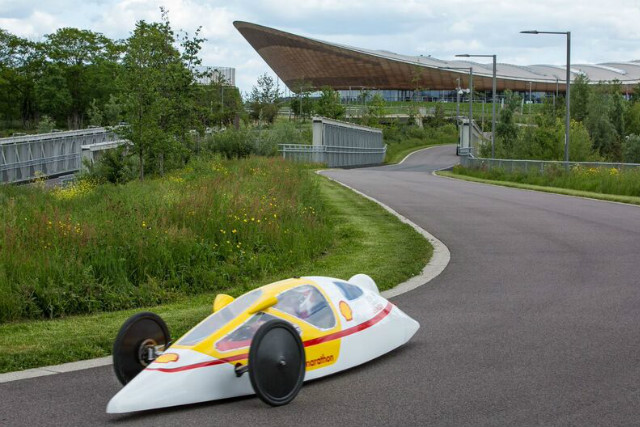
Really, when trying to compare an Eco-Marathon Prototype to other motor vehicles, the closest thing I can think to compare it to is a go-kart. But even a go-kart usually comes with a steering wheel and foot pedals, both features absent on the Prototype. Driving this is like nothing else I’ve ever experienced on three or more wheels.
You lie your back on the floor of the vehicle, with only your head upright, before getting strapped into the integrated race harness. Ideally, you need one other person to help with this and you need at least two people outside the car to help fit the canopy around the driver. It’s certainly a tight fit, and not an experience worth having if you suffer from claustrophobia at all.
Also, you need to be of a pretty slim build just to fit in and preferably short too. If you are over six-feet tall, fitting in the Prototype is possible but difficult, particularly when squeezing your feet into the nose of the car.
Visibility at the front is actually pretty clear, allowing you to judge the road ahead with ease and there’s two small mirrors situated above you giving some rear visibility.
To turn the engine on and off there’s an ignition switch positioned in a narrow gap next to your right thigh.

For the steering, accelerating and brakes you use a handlebar positioned between your legs which is like what you’d find on a bicycle, only much smaller. This handlebar has two brake levers (one for the front wheels, another for the back wheel) another lever for acceleration, plus a horn.
There’s also a 1kg dry powder fire extinguisher, something happily not needed during our drive.
Driving the Prototype
While the cramped driving position and handlebar controls feel peculiar at first, you do get used to them fairly quickly. Twisting the handlebar to steer the car is very responsive, so responsive in fact that a lot of precision is required to ensure you don’t turn into a corner sharper than intended.
Since you’re so low slung and there’s no suspension, ride comfort is inevitably non-existent. But the car is not exactly fast, which you’re thankful about actually, plus on the track I was testing on, the majority of the surface was very smooth.
Speaking of the track, I drove Shell’s Eco-Marathon Prototype on part of the outdoor cycling tracks that surround the Lee Valley VeloPark.
The fact that the cycling route mixes steep dips and uphill climbs together actually makes it an ideal place to try out a car like this.
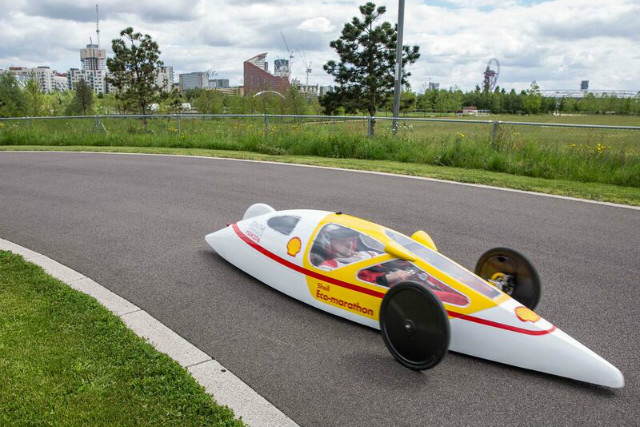
That’s because the point of using a Prototype like this is to only use the engine when absolutely necessary; the rest of the time you have it switched off and you simply coast through corners, downhill slopes and straights when you have the momentum.
On our most efficient lap in the Prototype, I managed to record a fuel economy figure of just over 504mpg. That remarkable figure is around ten times greater or more than what many drivers can manage in their car when commuting to work.
Final thoughts
Compared to everything else I’ve ever driven that was powered by a combustion engine, the Shell Eco-Marathon Prototype car feels odd in comparison. But driving it was also a compelling experience and achieving the fuel economy numbers it’s capable of when you nail a super-frugal driving approach is no doubt impressive.
The vast majority of teams that partake in the Eco-Marathon and create cars like Shell’s prototype are made up of young students from around the world. While current car manufacturers have not really been involved in the event during prior years, the Eco-Marathon is having an impact on young people that are likely to enter fields like manufacturing and engineering in the future.
With over a hundred teams expected to partake in this year’s Eco-Marathon, it’s surely just a matter of time until a future generation inspired by what they learned from the event enters the car industry.
If enough of them apply their experience in this area, then the future of cars could ultimately turn into something a whole lot different and, hopefully, very frugal.
